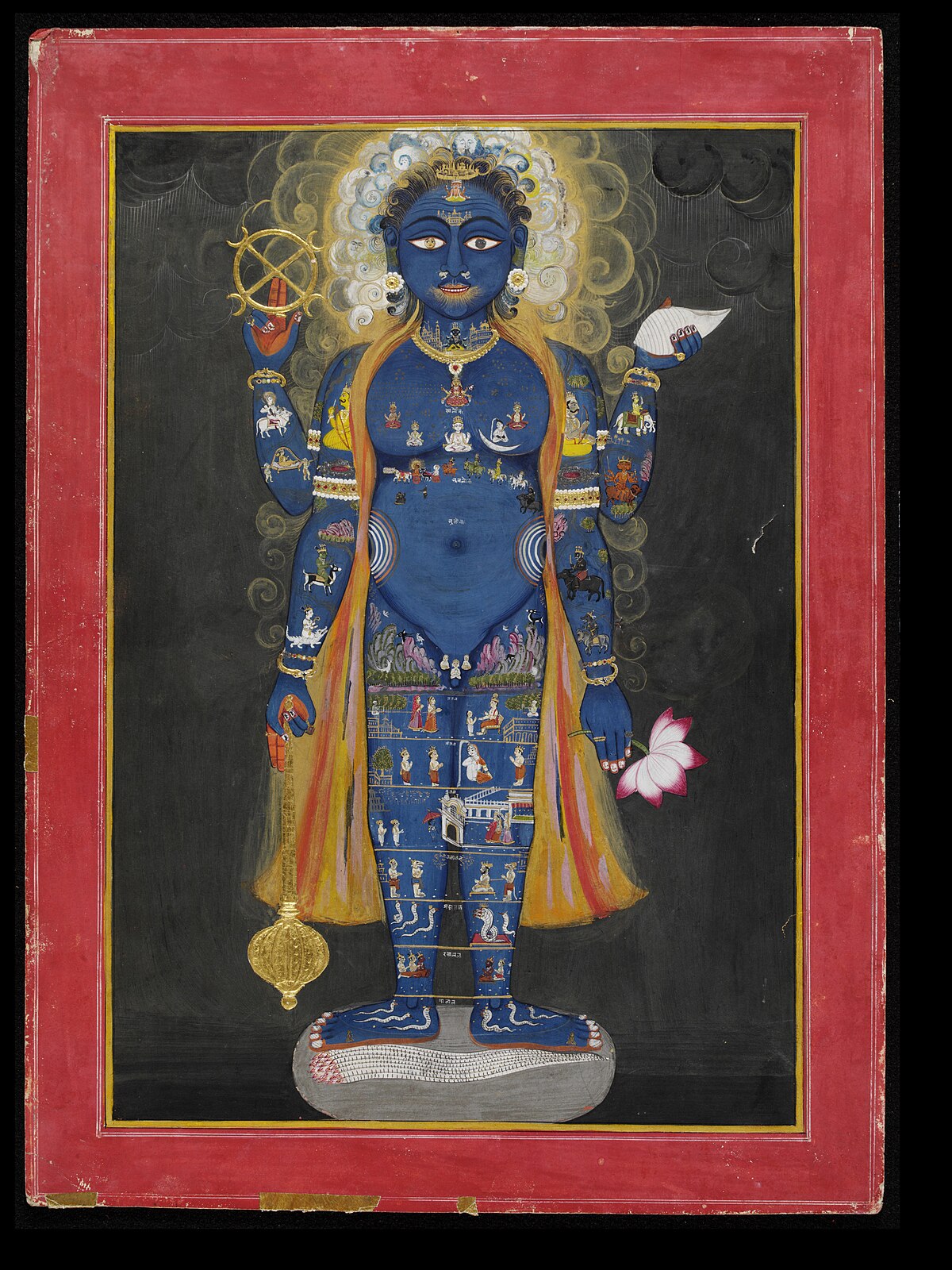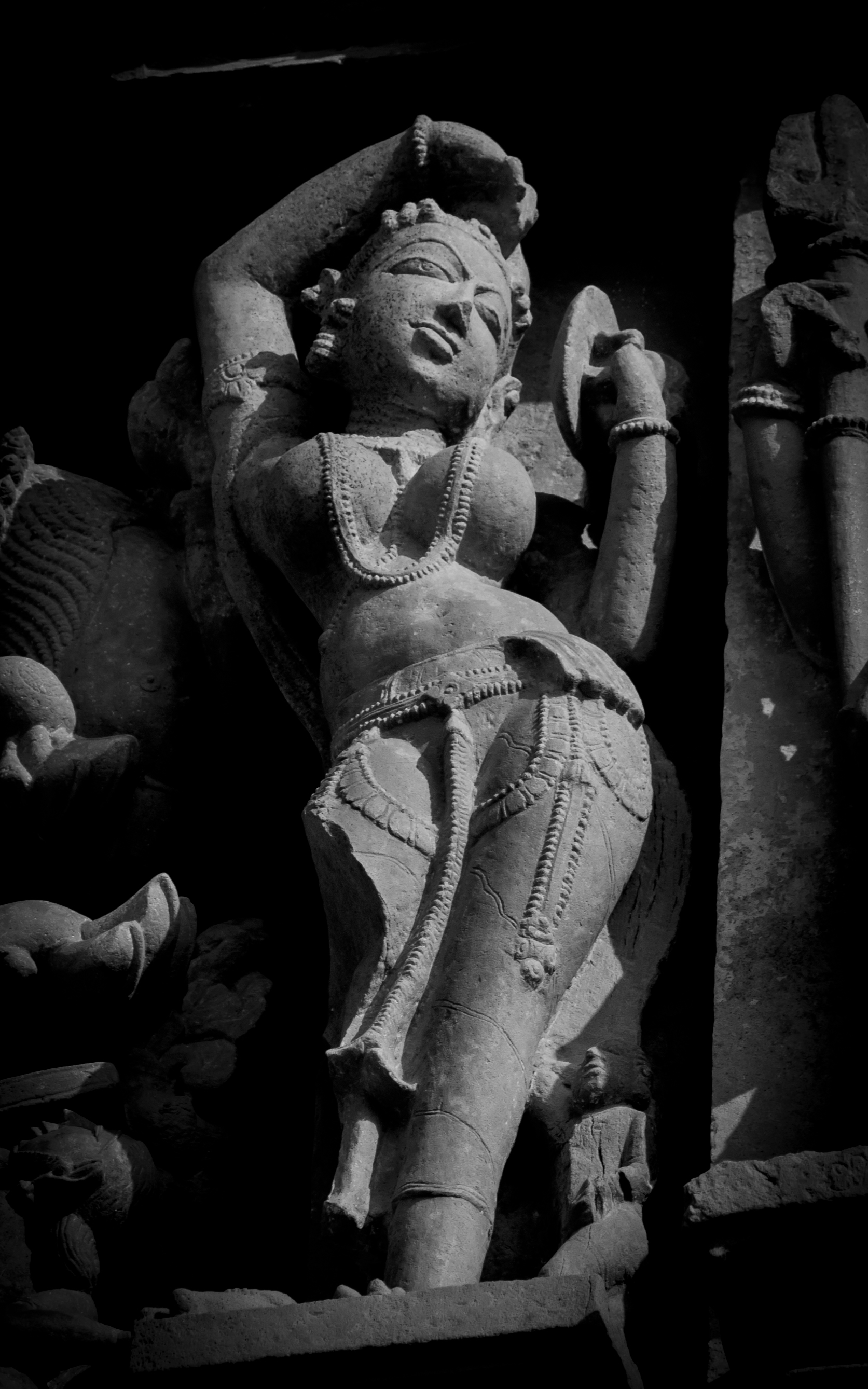I am the state of God, Am just God, Aham Brahmasmi
The Laghunyasam has a wonderful verse embedded into it. It is the culmination of the all encompassing thought - Tat tvam asi. The more I read that verse, the more I relate to “who I am” and more importantly the more I realise “who I am NOT”. The unfortunate nature of mine to identify with my body makes it that much more difficult for me to relate to my subtle self. The subtle self is no big deal, it is not difficult to discover, it just needs time and effort to come to terms with something that is within us. It is a simple equation of who am I, should I remove the world around me, should I remove the relationships I have defined, should I remove my commitments and look at myself, in a silent room in isolation.
Tat tvam asi
The beating reality that I associate so much with my body and am such a slave to its various needs is a loud example of just how much I have moved away from my core purpose of existence. There is a distance to be covered, a bridge to be crossed between what I am and what I should be (in the spiritual world). It hasn’t been easy while I attempted to shut out the world and deep dive into “who” I really am. It takes immense courage to accept one self… given we hardly spend time there and when we do, we face some harsh realities of our own nature, which we originally didn’t sign up for. None the less, this is who we are and the sooner we come to terms with it, the sooner we chalk out what to do with it and move on.
Faith doesn’t tell us whether we are right or wrong. Faith doesn’t throw judgement on us when the basics are in place. We are free to BE. Faith only recommends how we can grow spiritually should we work on a few aspects of ourselves. Self discipline, self restraint, self awareness, and finally self realisation. None of these have room for physical convenience or materialism. We need to discard that before we move towards the 4S.
When we are closer to this reality, our nature changes and we are more receptive towards the world around us, we are not half as angry or depressed, we are inherently happy with the world around us as the mundane doesn’t affect us half as much, people’s problems are trivialities and the defined purpose of existence has gone beyond the regular known definition. From here on we define the path, we are the path. Love overflows, jealousy and anger subside, forgiveness and compassion ooze… I am what I am and I be what I want to be. So what is this state?
प्रजनने ब्रह्मा तिष्ठतु ।
Brahma is at the root
पादयोर्-विष्णुस्तिष्ठतु ।
Vishnu lives in my feet
हस्तयोर्-हरस्तिष्ठतु ।
Hara - (incarnation of Shiva) lives in my hands
बाह्वोरिन्द्रस्तिष्टतु । जठरे உअग्निस्तिष्ठतु ।
Indra lives on my shoulders, Agni resides in my stomach
हृद॑ये शिवस्तिष्ठतु ।
Shiva lives in my heart
कण्ठे वसवस्तिष्ठन्तु ।
The vasus live in my neck
वक्त्रे सरस्वती तिष्ठतु ।
Goddess Saraswati resides on my tongue
नासिकयोर्-वायुस्तिष्ठतु ।
Vayu lives in my nose
नयनयोश्-चन्द्रादित्यौ तिष्टेताम् ।
The Sun and Moon shine in my eyes
कर्णयोरश्विनौ तिष्टेताम् ।
The ashwini devas live in my ears
ललाटे रुद्रास्तिष्ठन्तु ।
Lord Rudra glows on my forehead
मूर्थ्न्यादित्यास्तिष्ठन्तु ।
Adhityas live on the front of my head
शिरसि महादेवस्तिष्ठतु ।
Mahadeva resides at the center of my head
शिखायां वामदेवास्तिष्ठतु ।
Vamadeva resides in the tuft of my hair
पृष्ठे पिनाकी तिष्ठतु ।
Shiva Pinaki guards the back of my head
पुरतः शूली तिष्ठतु ।
Sooli lives on my brow
पार्श्ययोः शिवाशङ्करौ तिष्ठेताम् ।
Goddess Parvati and Lord Rudra Shiva reside on my left and right.
सर्वतो वायुस्तिष्ठतु ।
I am protected by Vayu - air who surrounds me
ततो बहिः सर्वतो உग्निर्-ज्वालामाला-परिवृतस्तिष्ठतु ।
Further to that I am protected by a ring of fire, that acts as a glowing garland of light.
सर्वेष्वङ्गेषु सर्वा देवता यथास्थानं तिष्ठन्तु ।
All the deities are an inherent part of me
माग्ं रक्षन्तु ।
They protect me, they are me.
I am HE.
In this silent conversation of worship, in this love that flows, I am HE.





